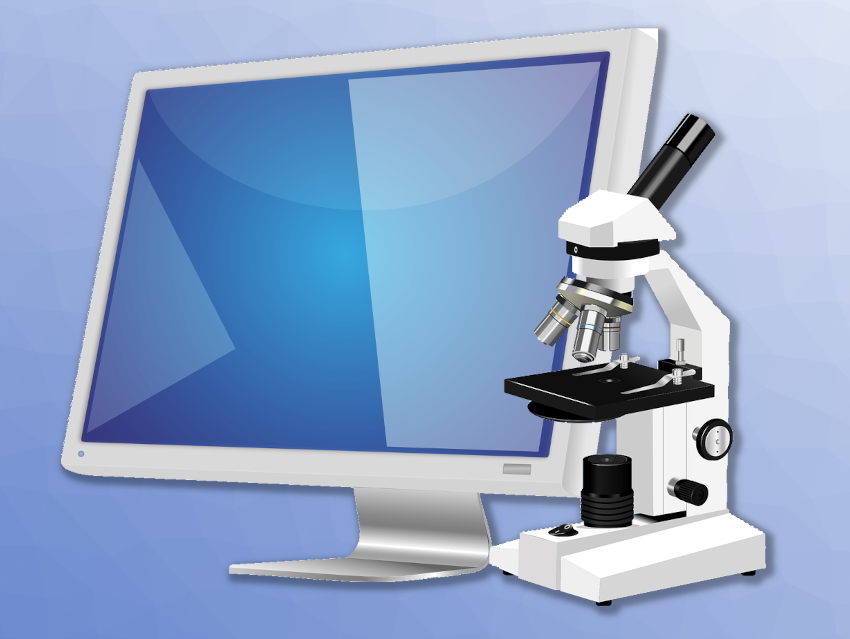Microscopy is an important tool, e.g., in biomedical research. Due to the large amounts of data that can be created, automated tools for the analysis of microscopic images can be very useful. Scripting and batch-processing can speed up such computer-based analyses. However, not all biomedical researchers have programming skills, which can make this approach difficult to use.
Marc Thilo Figge, Leibniz Institute for Natural Product Research and Infection Biology – Hans Knöll Institute (HKI), Jena, and Friedrich Schiller University Jena, Germany, and colleagues have developed a visual programming language, which the team calls Java image processing pipeline (JIPipe) that makes building individual, automated image analysis workflows easier for researchers without programming skills. The visual programming language is particularly designed for ImageJ, a commonly used Java-based image processing program. Users can use a graphical interface to add and connect “nodes” to import images and process them—thus, building a “flowchart” of the desired workflow—and then view and export the results.
The developed JIPipe tool includes over 1,000 commands from the ImageJ software and ImageJ plugins. JIPipe itself is also extendable with plugins. According to the researchers, JIPipe has already been successfully used to process image data, e.g., for the high-throughput quantification of bacterial growth inside droplets, to study the drug delivery efficiency of nanocarriers, or to measure the effects of toxins on nematodes.
- JIPipe: visual batch processing for ImageJ,
Ruman Gerst, Zoltán Cseresnyés, Marc Thilo Figge,
Nat. Methods 2023.
https://doi.org/10.1038/s41592-022-01744-4 - JIPipe homepage




